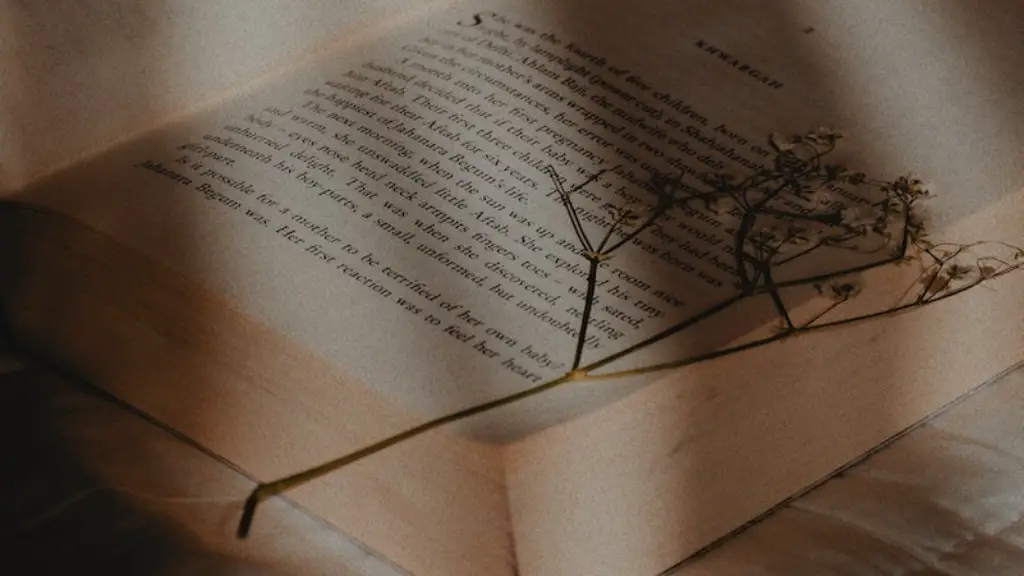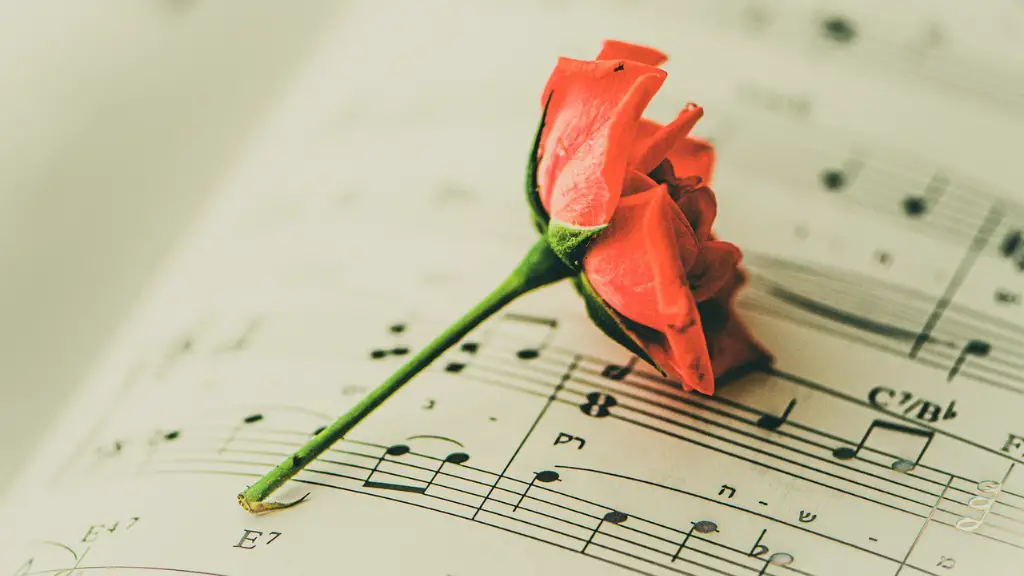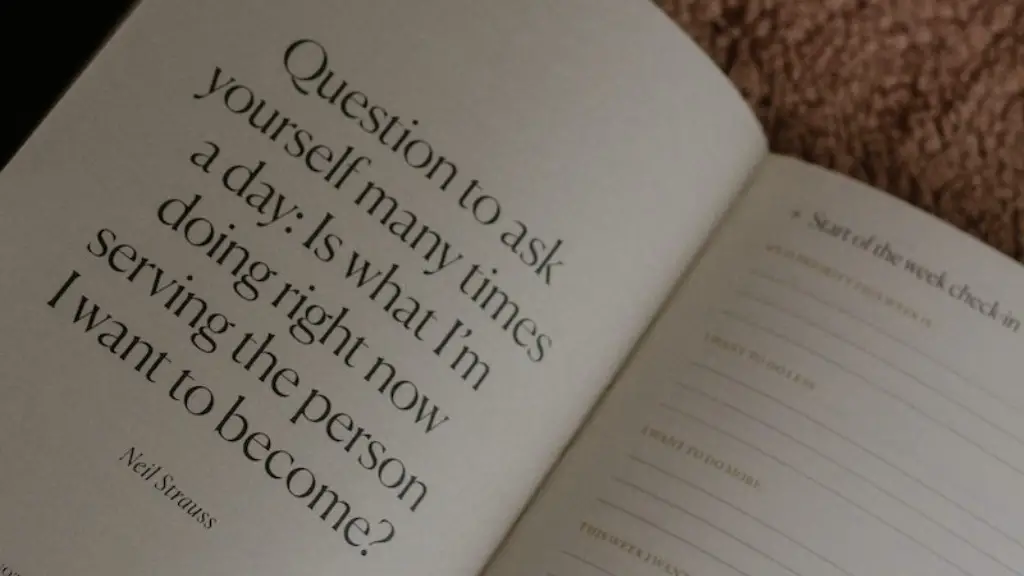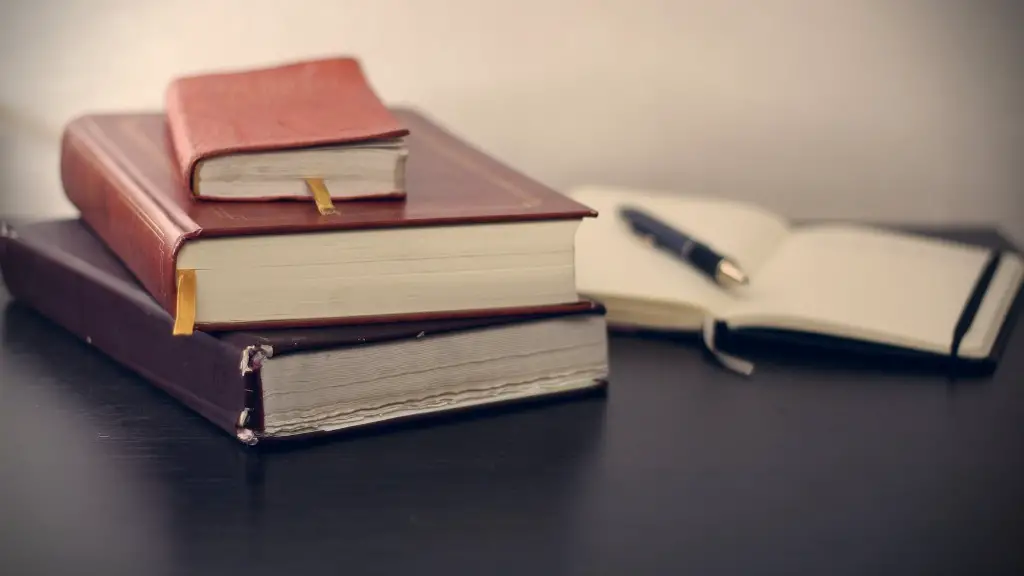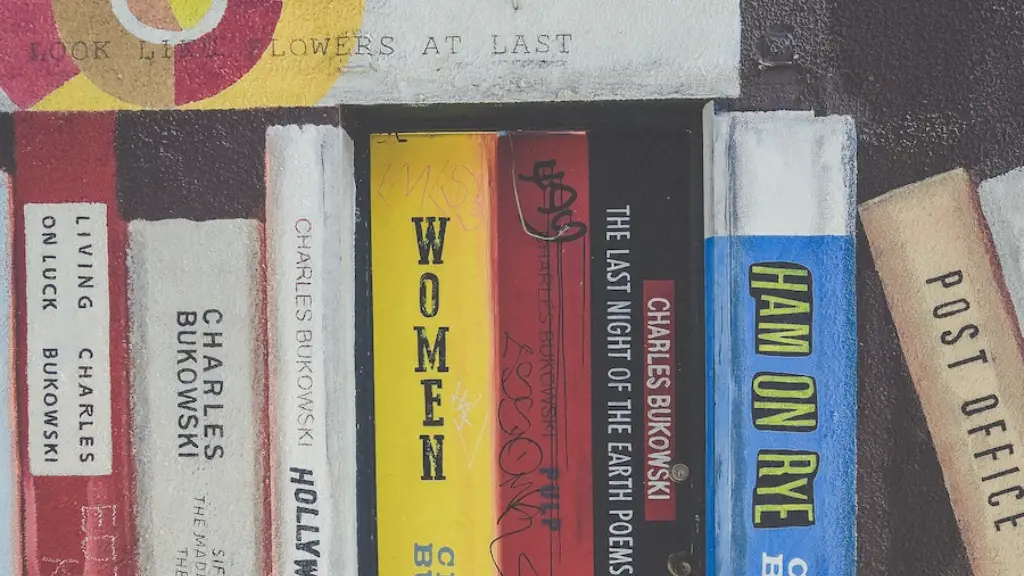The Power of Language in Poetry
When it comes to the art of poetry, language is paramount. By using a unique combination of words and phrases, as well as significant pauses, poets can shape the flow of their works to evoke emotion, evoke imagery, and even challenge the reader’s thoughts. But it’s not just the words that poets use that have an effect on their audience — the techniques applied to the words can also be powerful. Here, we take a look at the techniques poets use in their works.
Rhyme
Rhyme is one of the most common techniques used by poets. Usually, this involves using words that end with the same sound, such as ‘cat’ and ‘rat’, or ‘love’ and ‘above’. Paired couplets, internal rhymes and even half-rhymes can be used depending on the poet’s chosen style and effect.
Many experts consider rhyme to be an effective and important tool for poets, helping to structure and guide a poem powerful language techniques. In addition, rhyme can also be used to enhance a poem’s reader-involving qualities, capturing their imagination through the use of words.
Rhythm
Rhythm is integral in poetry, as it helps to draw a reader’s attention to the poem’s core message or purpose. This is because many poetic works rely on the rhythm of their words to cement this message or purpose in the reader’s mind. Poets often use stress variations, known as iambs, to bring life and flow to their works.
This stress structure is usually created through the use of words with their corresponding syllables joined into a ‘unit’. The number of units in a single poetic line will depend on the poet’s choice and style, but the overall effect of this specific technique is generally the same — the reader can use their imagination to explore, asking questions as a reminder of the hidden stories and meanings within the poem.
Simile
A simile is an effective way for a poet to create visual imagery. This technique involves the comparison between two different objects or ideas, with the intention of highlighting the similar qualities between them.
Similes are commonly used throughout poetic works, as they can act as a bridge between the abstract and figurative meaning that poetry often expresses. As such, they can help to bring life to the poem, allowing the reader to gain a deeper understanding of what it is trying to communicate.
Metaphor
Though related to similes, metaphors are usually used in a much more effective way. This technique is based on the idea of two unlike things or ideas being linked or identified without any comparison. In other words, metaphors can be used to describe one object in terms of another, creating an image in the reader’s mind that reinforces the poem’s message or theme.
By creating more complex language, metaphors can also help poets to explore beyond the boundaries of language. This can be done in an effort to bring about more complex emotions in the reader, or to challenge the reader’s perspective in a unique way.
Personification
Personification is another technique used to help make a poem more visually appealing. This involves giving human-like characteristics to non-human objects or ideas, forcing the reader to think of those things in new, more meaningful ways.
Personification can allow poets to explore new ideas and construct powerful imagery if used correctly. What’s more, it can also help to capture the reader’s imagination, as they attempt to deepen their understanding of the poem and its underlying messages.
Alliteration
This poetic technique relies on the repetition of consonant sounds within a string of words. Alliterations can be used to provide a poem with rhythm and structure, but they can also act as a device used to emphasise particular words or ideas too.
The strength of this technique lies in its ability to help the reader internalise messages and ideas in a unique way. It can also be used to draw attention to a specific concept or idea, helping to bring out the poem’s true meaning.
Synaesthesia
Synaesthesia is a complex technique used to help break down barriers between the senses. This technique involves the use of words that evoke more than one kind of sensory experience, such as taste and smell, or sight and sound.
Using this technique, poets can help to deepen the connection between their emotions and the themes or messages within their works. By stimulating the senses and engaging the imagination, they can create works that draw on this technique in order to create powerful, lasting impressions.
Repetition
Repetition is often used by poets as it can help to emphasise certain words or phrases, as well as create structure within a poem. Repetition can evoke familiarity, allowing the reader to relate to their own experiences and gain greater understanding of the poem’s message.
By repeating words or phrases, poets can create a pattern or rhythm that aids in capturing the reader’s attention. In addition, it can also be used to pause and leave an impression, drawing the reader’s focus on the poem’s core message.
Oxymoron
An oxymoron is a figure of speech that combines two seemingly contrasting statements to form a paradox. The purpose of this poetic device is to create both visual and textual imagery, as well as help to bring together opposing ideas. This technique is particularly effective in helping poets to explore a wide range of emotions.
By combining two completely contrasted ideas, oxymoron can help to bring a deeper level of understanding to the poem. It can also help readers to relate to their own experiences, and gain insight into the poem’s core message or purpose.
Couplet
A couplet is a poetic form featuring two successive lines of a poem that rhyme with each other. This technique is often used as it can help to create structure within the poem, as well as create a sense of unity. The use of rhyme can also draw the reader in, allowing them to focus on the underlying meaning or message.
By creating rhythm and structure within a couplet, poets can also help to emphasise certain words or ideas in a more effective way. This can help the poem’s message to really stand out, increasing its impact on the reader.
Assonance
Assonance is a form of alliteration, which relies on the repetition of identical or similar vowel sounds within a string of words. This technique is especially effective as it can help to create rhythm and structure within a poem, as well as helping to draw the reader’s focus to certain ideas.
Assonance can also help to add emphasis to a particular phrase or idea, as well as capture the reader’s imagination. By creating unique sounds within the poem, this technique can help to bring the poem to life, ensuring that it stands out from its competitors.
